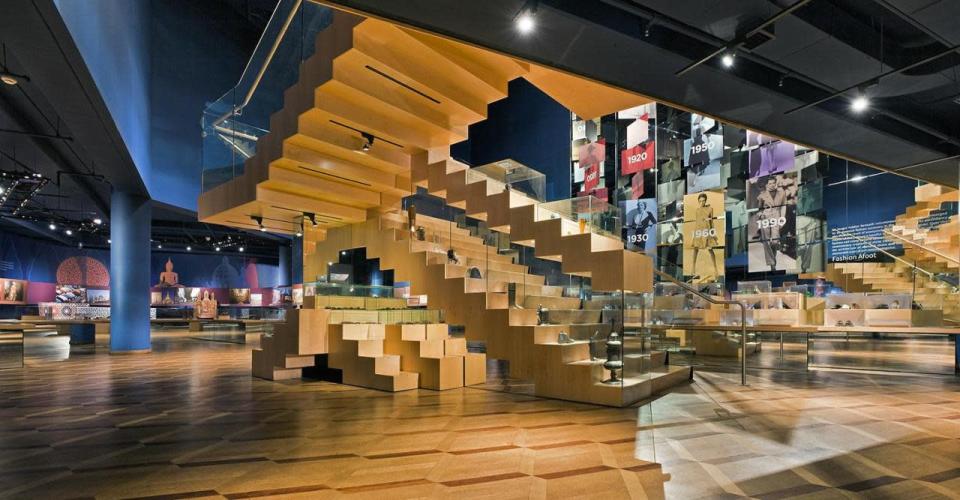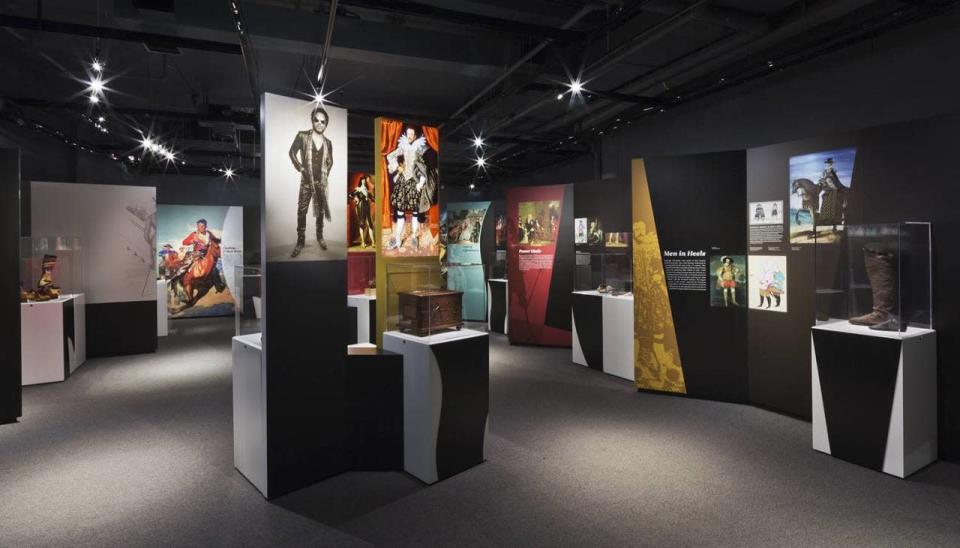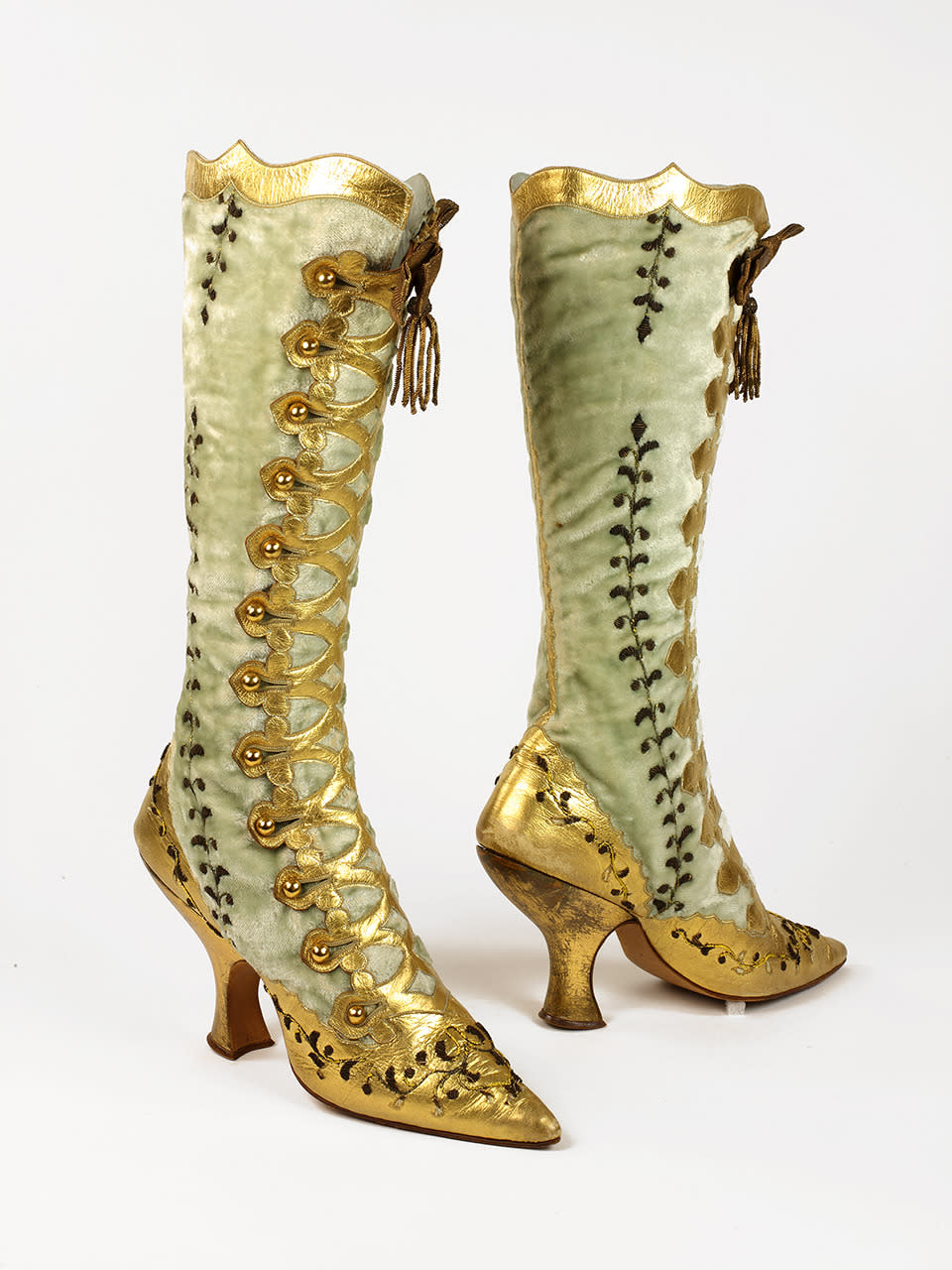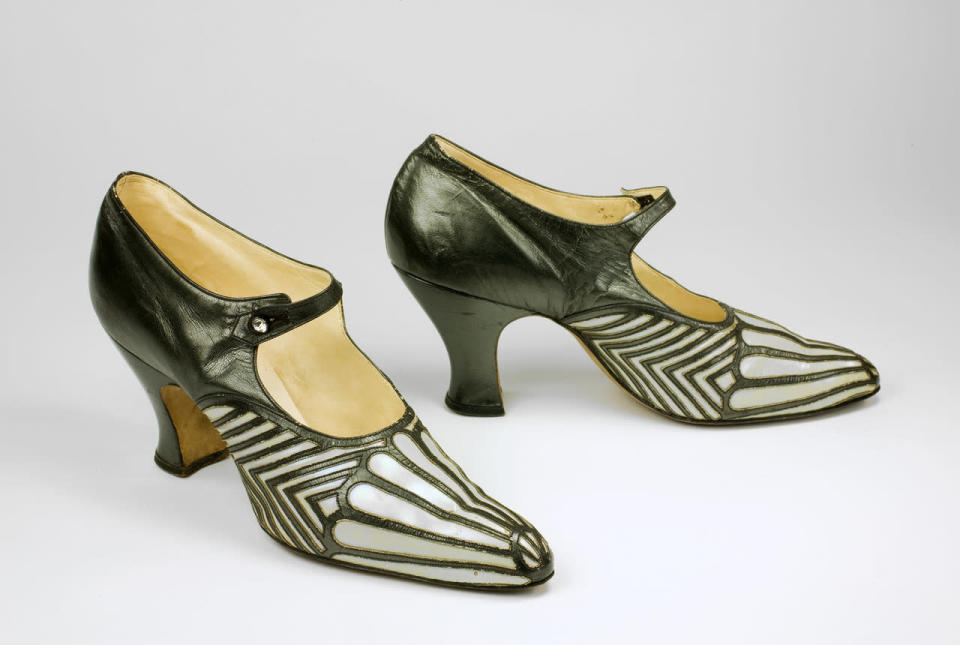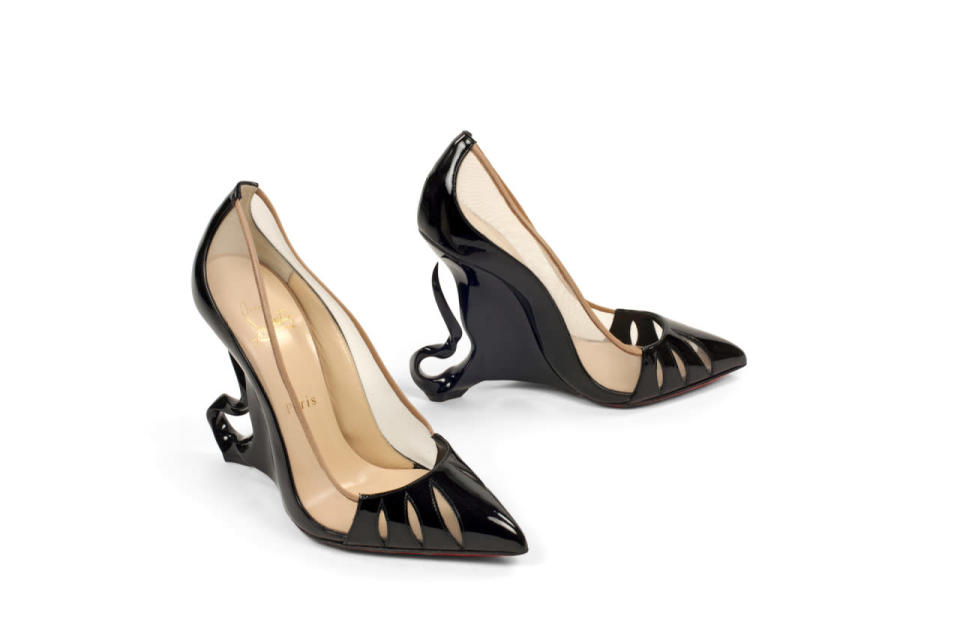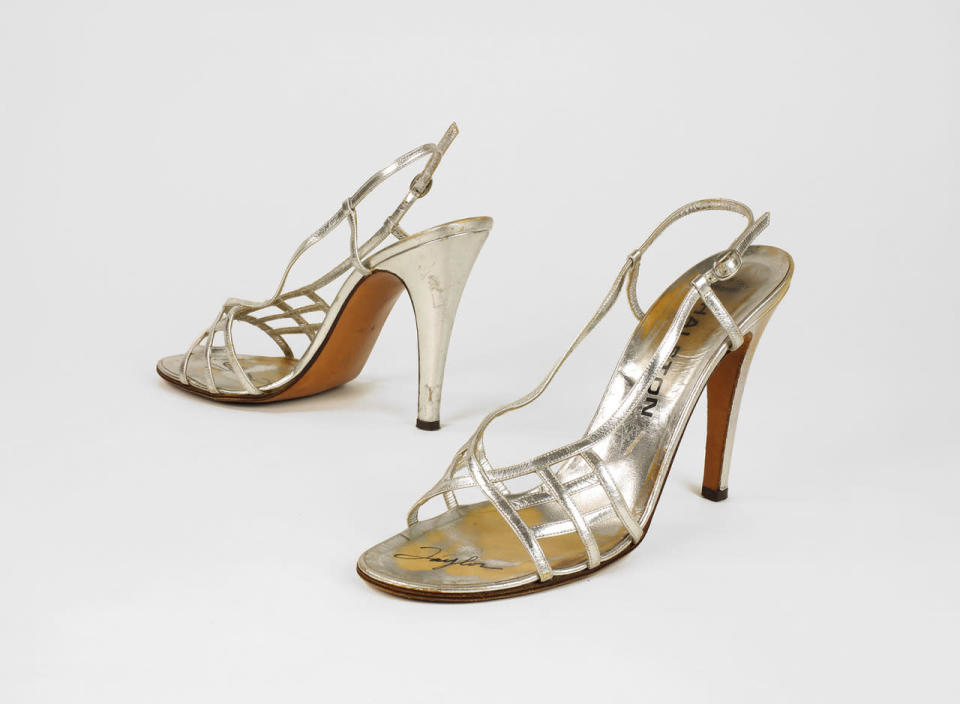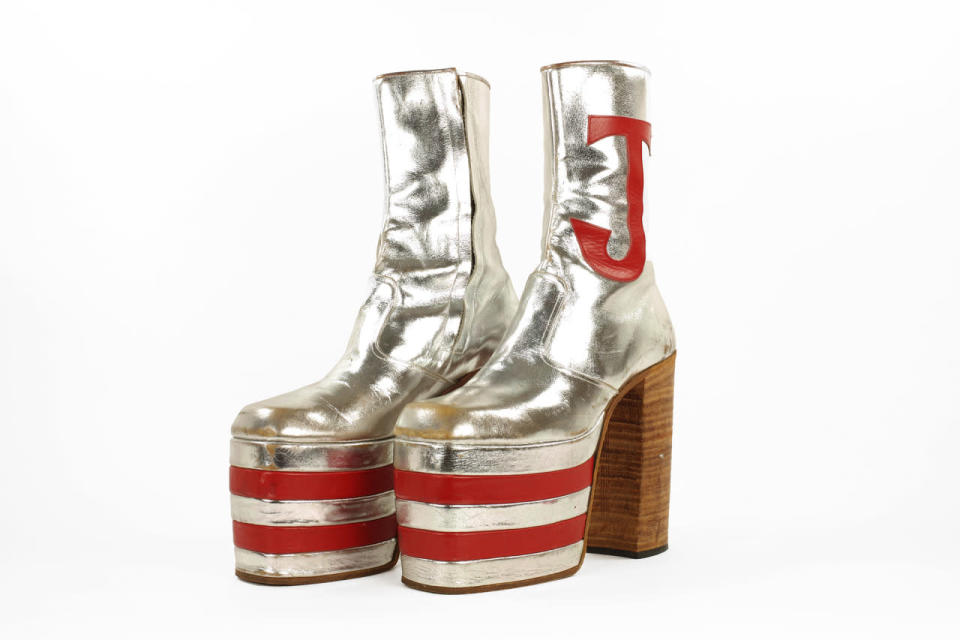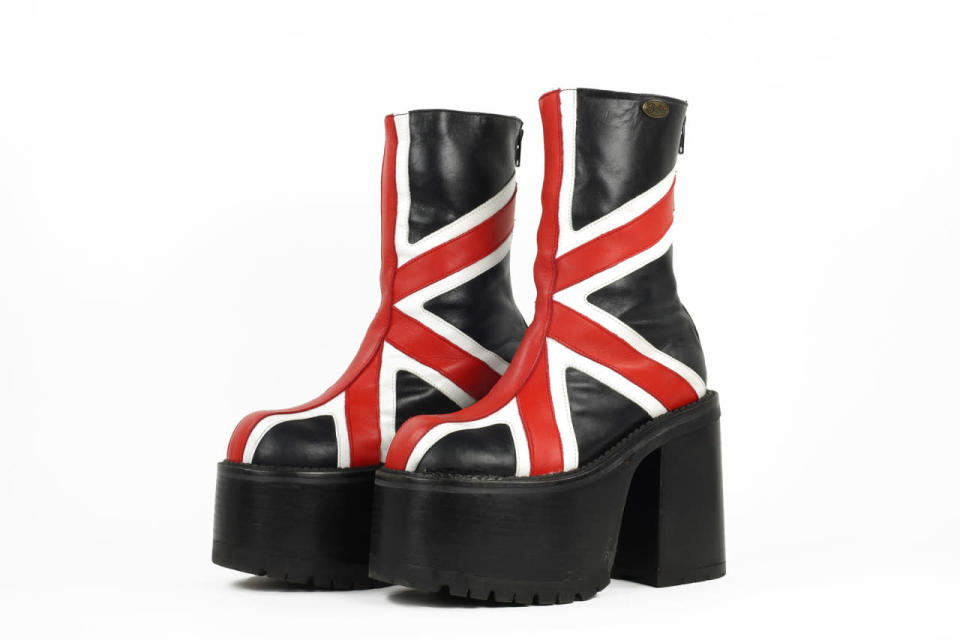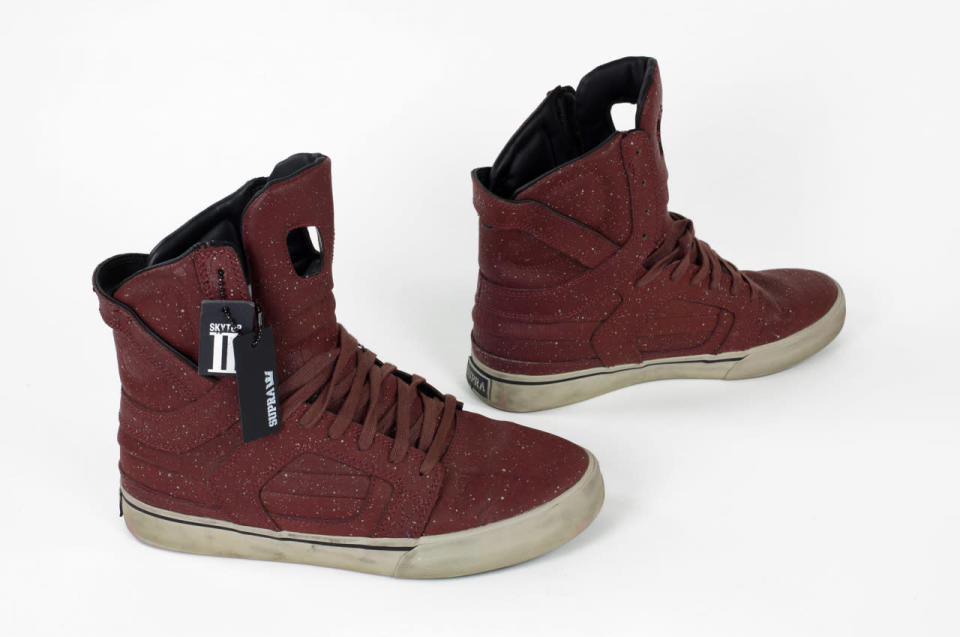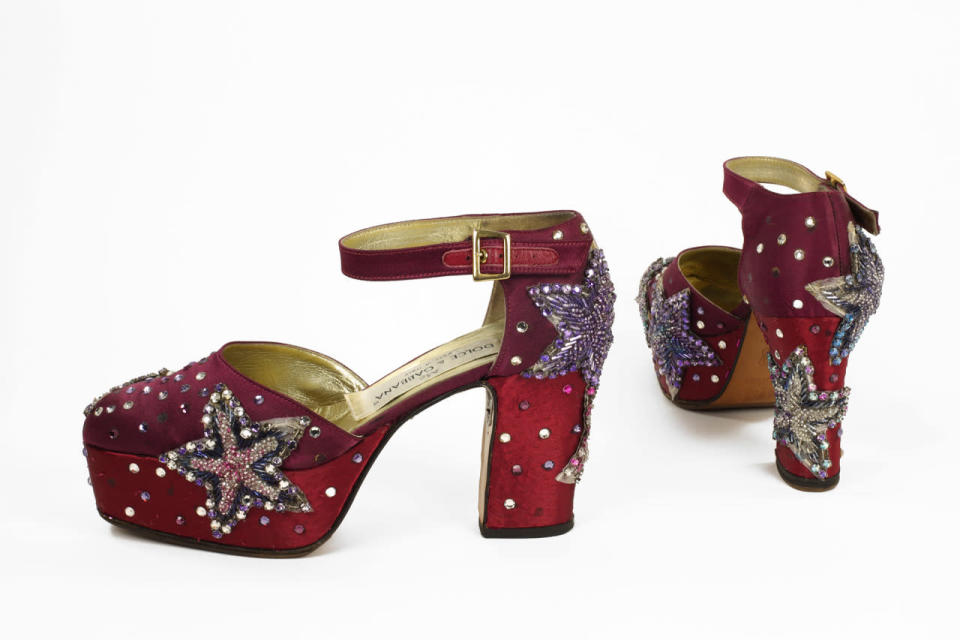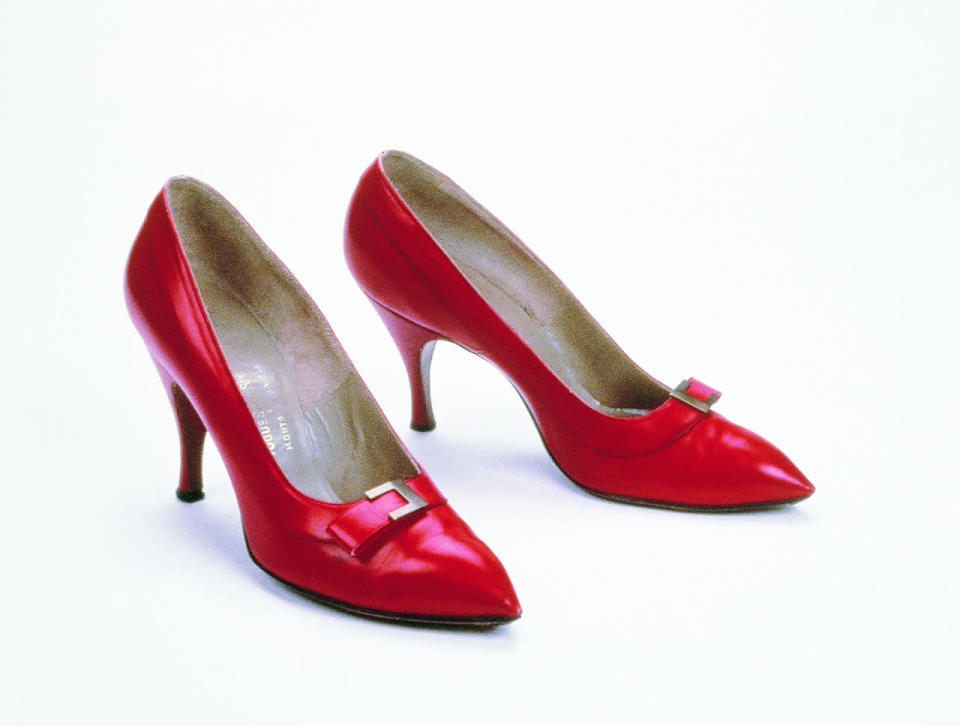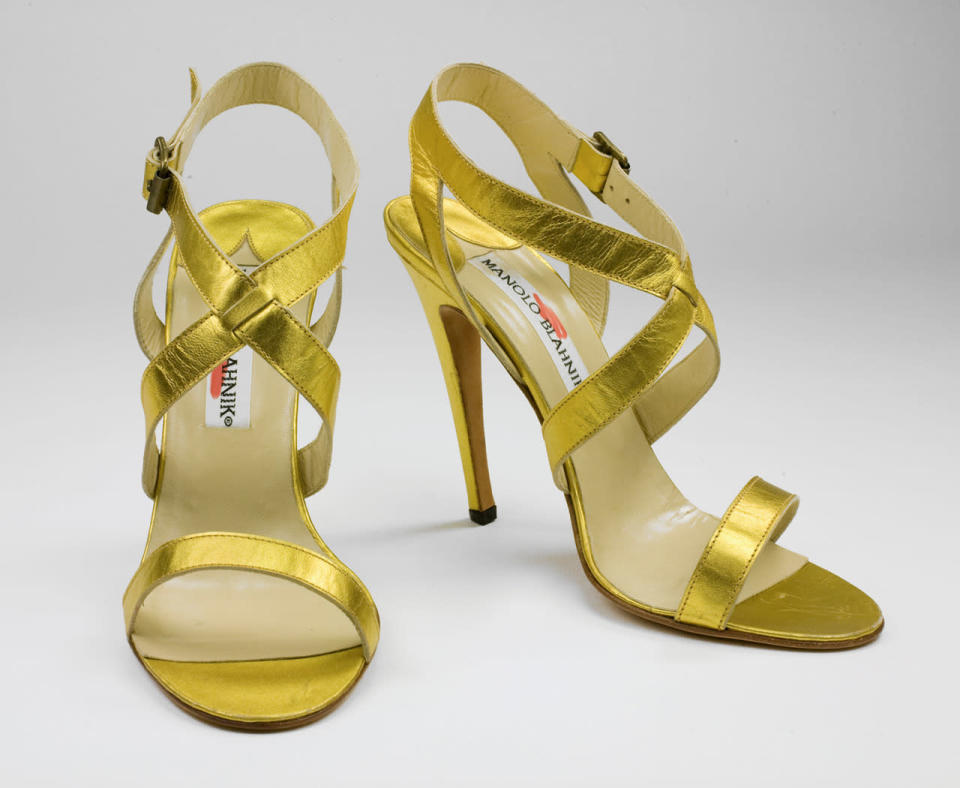From Ancient Egypt to Manolo Blahnik, a Look Inside the World’s Greatest Shoe Museum
If shoe lovers want to experience nirvana, they should head to Toronto to the Bata Shoe Museum. Established in 1995 by collector Sonja Bata, it holds one of the largest footwear collections in the world and also boasts an impressive array of historical drawings, stockings, socks, and buckles. About five percent of the collection is on permanent view, while there are always three temporary exhibits to admire. The current lineup includes “Fashion Victims: The Pleasures & Perils of Dress in the 19th Century,” “Standing Tall: The Curious History of Men in Heels,” and “Beauty, Identity, and Pride: All About Native American Footwear.”
There are also two storage rooms, both filled with shoes from every era of human history and most of the fancy footwear — some of which dates back 4,000 years to the ancient Egyptians — has never been seen by the public. They have, however, been scoped out by some of your favorite designers including Christian Louboutin, Nicholas Kirkwood, and Zandra Rhodes, who have been allowed to tour the vaults for inspiration.
“When we leave our house the majority of us do not do so barefoot,” Elizabeth Semmelhack, Senior Curator of the museum, tells Yahoo Style. “Footwear is as essential to our daily lives as any other aspects of dress. Increasingly, footwear is central to our sartorial expressions of self. That makes looking at footwear and the history of footwear particularly relevant today. Using footwear as an entry point into larger cultural issues is a really unique and interesting way in to discuss larger culture constructions.”
The museum continues grow their collection (Semmelhack is specifically in charge of finding the elusive chopines, aka platform shoes from the Renaissance period), but does not refurbish any of the artifacts. If they get a pair of Roger Vivier-designer Christian Dior heels, they museum will work to preserve their current state. “We don’t restore anything,” Semmelhack explains. “Part of the interesting aspect of shoes, particularly historical shoes, is when they show evidence of wear. It’s amazing to hold a shoe from 1500 in your hand and realize that it was embodied by someone standing on the Earth, the same way you are standing on the Earth. To see evidence of wear brings that home. This shoe represents a lived life.”
Naturally the museum features a number of kicky heels that would be of interest to any fashionista. There are the gold Halstons worn by Elizabeth Taylor, Louboutin’s whimsical Maleficent heels that were favored by Angelina Jolie, Prada car shoes, and those historic Viviers. There are also pieces that were donated by celebrities including Justin Bieber’s purple glitter sneakers. Working in the museum, Semmelhack has a sense of why we, as a culture, have become so shoe-obsessed.
“It’s everything from Sex and the City, which helped to make Mr. Blanik’s name and Christian Louboutin’s name part of the daily conversation,” the curator says. “We have also lost a lot of accessories over the years. In the mid-40s and ‘50s it was all about women’s hats. Women don’t have hats anymore. We have pared down our wardrobes to a very minimal level and therefore rely on our shoes to establish our status, our gender, etc, so shoes really can speak volumes. I think we read the cultural value of footwear very easily and use it as a communicative tool to differentiate ourselves from others.”
The museum doesn’t just focus on women’s footwear, either. The history of shoes is equally relevant to both sexes, which Semmelhack emphasized with the museum’s recent exhibition “The Rise of Sneaker Culture,” which has since traveled to the Brooklyn Museum. Designers from Nike, Converse and Adidas have also visited the Bata vaults looking for inspiration. “Here’s an opportunity, especially if you’re working in footwear and the footwear industry,” Semmelhack notes. “Ideas can be generated by looking at all different kinds of shoes, maybe shoes that are nothing like the ones you yourself are designing.”
The Bata is very much dedicated to the history of footwear, but Semmelhack is also keen on what’s to come. “There are many shoemakers out there who are doing amazing work,” she says. “I’m interested to see how the house of Ferragamo has been looking back at historic Ferragamo models. The house of Vivier is also keeping some every iconic designs alive and fresh. Charlotte Olympia does some clever designs. And Nicholas Kirkwood is doing some very architecturally intriguing shoes.”
The Bata Shoe Museum is open every day, except Christmas Day and Good Friday. If you’re not in Toronto, some of the collection and current exhibitions can be viewed on its website.
